Landscape Lighting Planning and Design Techniques
Create a landscape lighting installation that will ‘wow’ your clients by following best practices explained here. Follow along and learn how to plan landscape lighting by first looking at the possibilities of the landscape, then using our method of lighting design, and then installing a beautiful design that incorporates multiple techniques,
Landscape Lighting Planning Stage
The key to installing any successful landscape lighting project is to start with a good design and great techniques. For landscape lighting, like many other projects, there are several key points to ask and observe before you start.
Points to consider at the planning stage:
- Landscape Use: Is the landscape mostly used for relaxation, entertaining, sports? Are there only adults or also kids and pets?
- Property layout: What can you illuminate to enhance the landscape and architecture? Make a quick sketch and a list of items you want to highlight, both house and landscape. For example: gazebo, front entry, pool, outdoor kitchen.
- Privacy: Is the property secluded or very public? Who you are designing for: the homeowner’s enjoyment or passersby, or both?
- Safety: Where is lighting is needed to allow for safe passage on walkways, steps, patio edges, and pool
- Beauty: How can you make the yard appealing when looking from the inside of the home? Go inside the home and check out views to the outside. Where do the owners sit and watch TV, read the paper, eat meals, do the dishes and what are the exterior views from these locations?
Illuminating the front of a house is typically done to enhance curb appeal, but for most homes, the owners only see the house’s façade while they’re pulling in and out of the garage at night. Although facade light is beautiful and adds tremendously to the value of the home, façade lighting is more for the public’s benefit than the homeowners.
As noted above, finding out what the exterior views are through the windows in the “busiest” parts of the house is essential to deciding what to illuminate in the more private areas of the home and landscape (patio/deck, backyard, pool deck, gazebo, etc.). Patio/deck lighting can be very pleasing and extends the use of our outdoor spaces, but most of us tend to view our landscapes from the inside of our homes. This is why window views are so important to lighting.
You may discover that a key window view has nothing of substance to illuminate. As a designer, you need to discuss that with your client and decide if there is something that can be placed or planted there to create a focal point. At a basic level, you’re lighting up things in the landscape, at a higher level, you’re adding beautiful artwork to their walls and they just need to look out the windows to enjoy it.
Lighting Design Methods
Many homeowners only think of path lighting, but there is a lot more potential with landscape lighting than just sticking path lights in the mulch. There are many different ways to approach designing a lighting project, but one method is to use the following hierarchy to help determine what areas to illuminate.
- Safe passage: check walkways, paths, steps, changes in direction, and patio edges
- Entry points: includes doors and gates
- Landscape: consider trees, yard art, arbors, decorative fences; especially things visible through windows
- Hardscapes: notice decks, patios, seat walls, and pergolas
- Architecture: façade, weather vanes, dormers, and cupolas
- Specialty elements on the property: wooded areas, boat docks, pools and fire pits
Physiologically, humans see vertical surfaces before we see the horizontal plane. So up lighting trees has more impact than illuminating the ground with path lights.
Path lights and/or downlights can add “fill light” between illuminated trees and structures which ties together vertical elements with transitional light so the scene is more cohesive.


Landscape Lighting Design Techniques
There are ten different lighting techniques that can be used to achieve various effects:
- Path Lighting: path lights are used to illuminate walk ways and paths
- Spread Lighting: illuminates the ground but not path ways
- Shadow Lighting: you will need a wall or surface adjacent to illuminated item
- Silhouette Lighting: you will need wall or solid surface behind item to be silhouetted
- Grazing Lighting: Is best used with rough surfaces like stone, brick, or stucco
- Spot Lighting: highlights focal point(s) within the landscape
- Up Lighting: is typically created using ground mounted fixtures directing light straight up, can be at a tree or facade
- Down Lighting: is typically created with tree or surface mounted fixtures directing light downward
- Cross Lighting: is accomplished with two or more fixtures positioned to up light or down light; adds more dimension
- Mirror Lighting: needs a pool of water so illuminated items are reflected
A good lighting design includes a number of different techniques such as uplighting, downlighting, hardscape lights, path lights and will add safety to the property and highlight trees, architecture, yard art.
LED, WIFI and Bluetooth lighting
LED lighting has become better in quality and more affordable. You can choose from fully integrated lights to systems using either WIFI or Bluetooth that allow you to program times and colors. Read our Landscape Lighting WIFI and Bluetooth article to learn more.


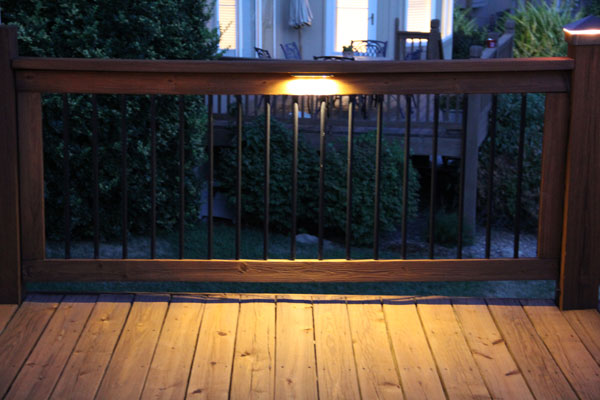
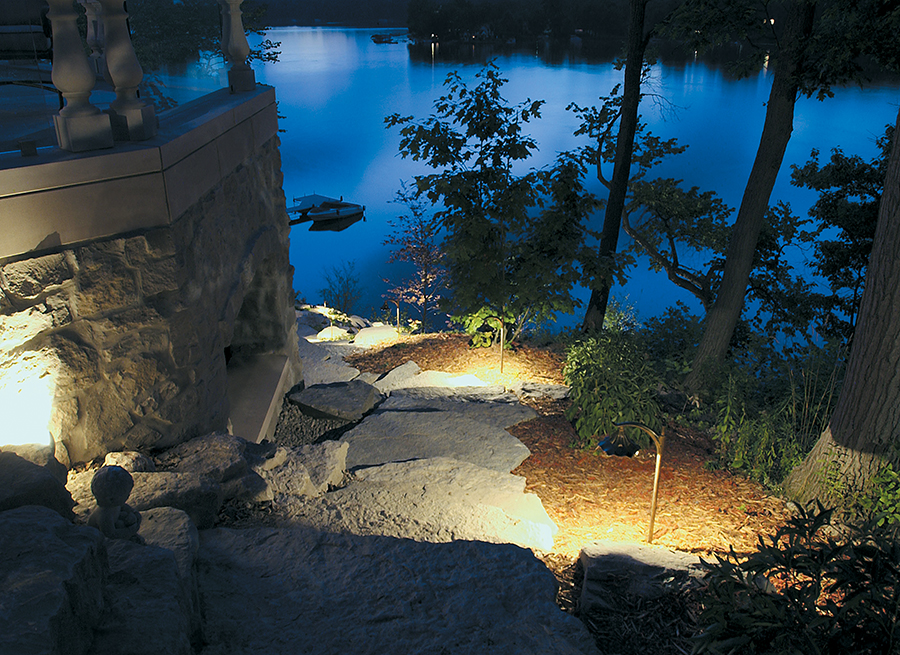
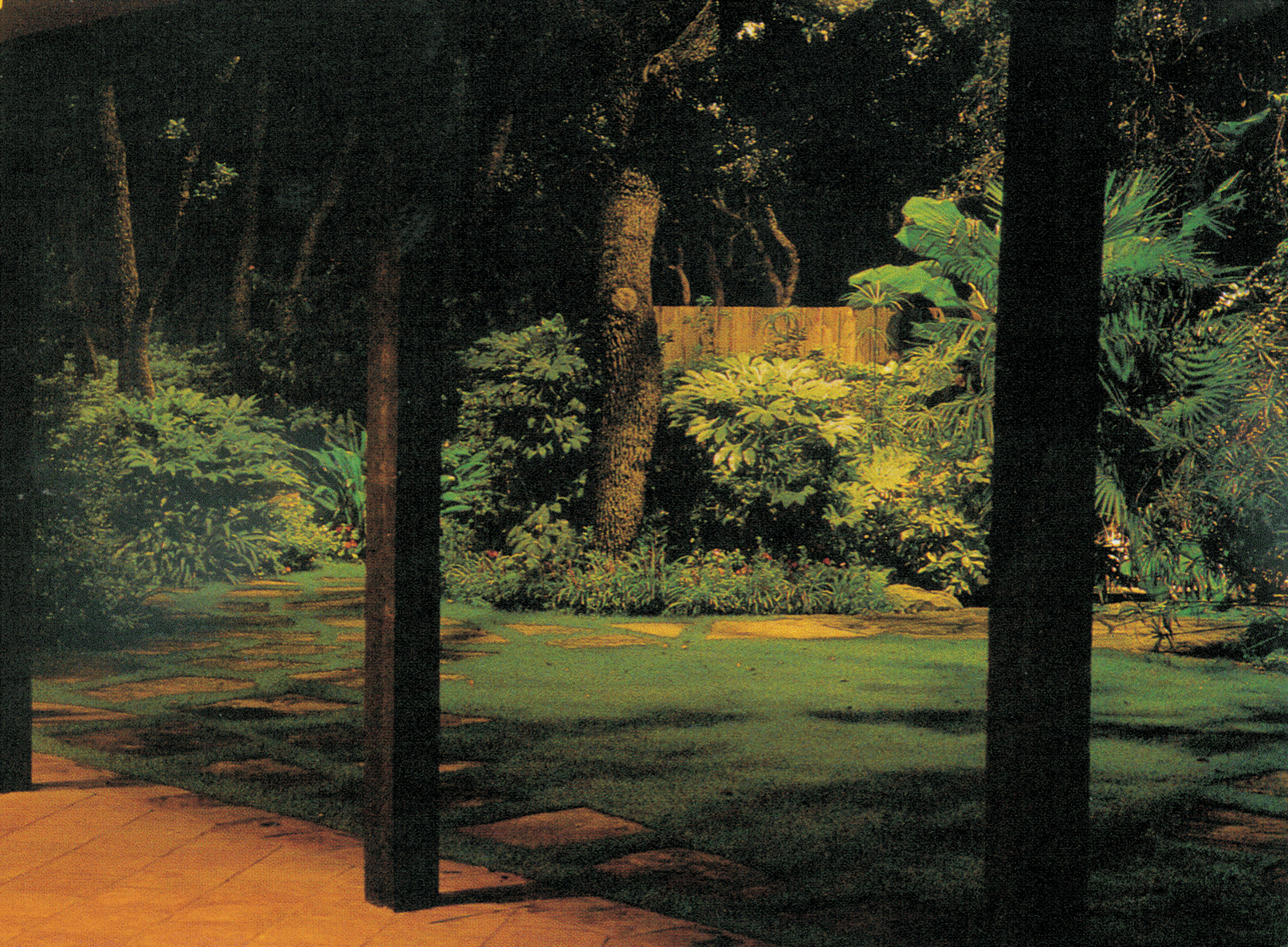
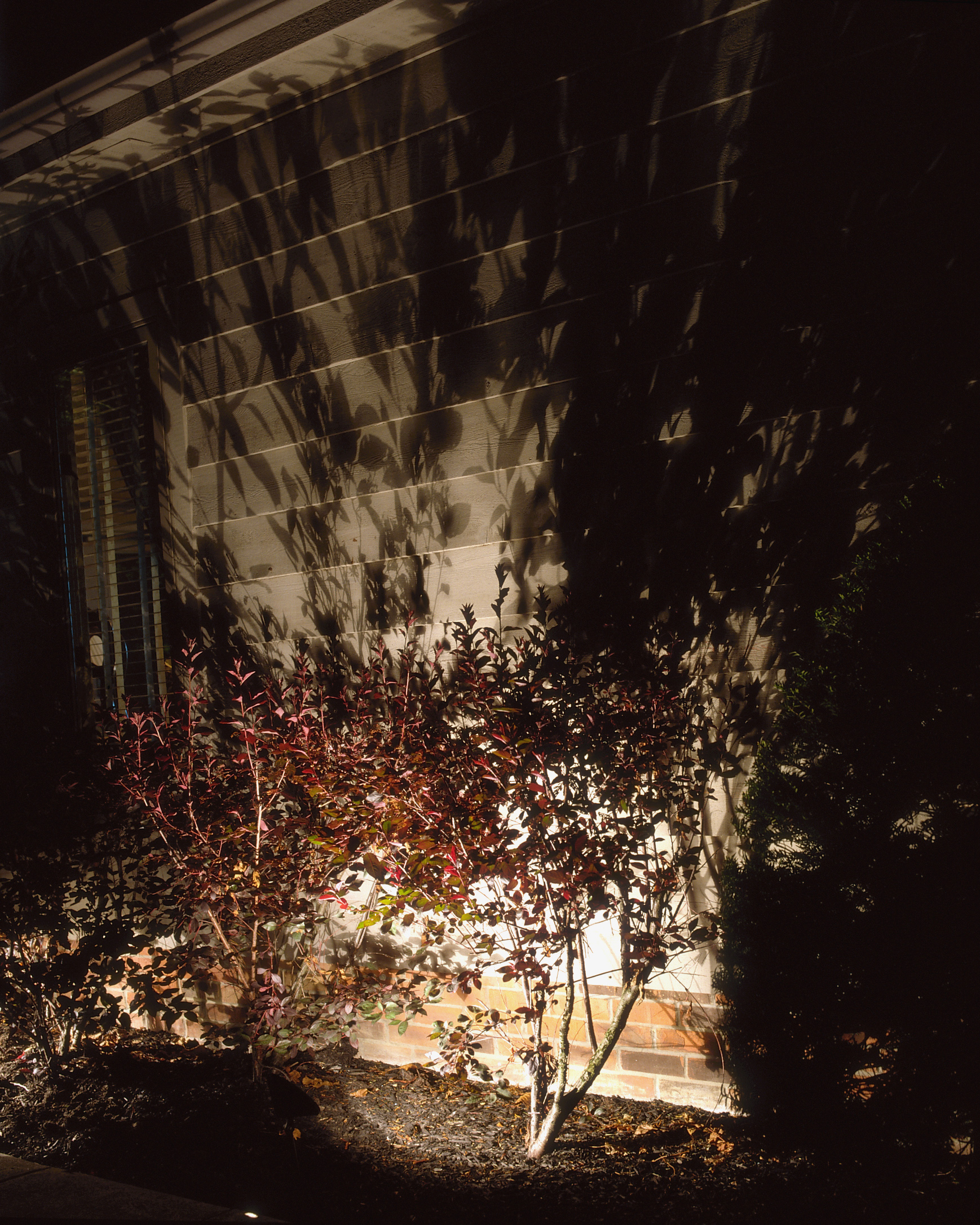
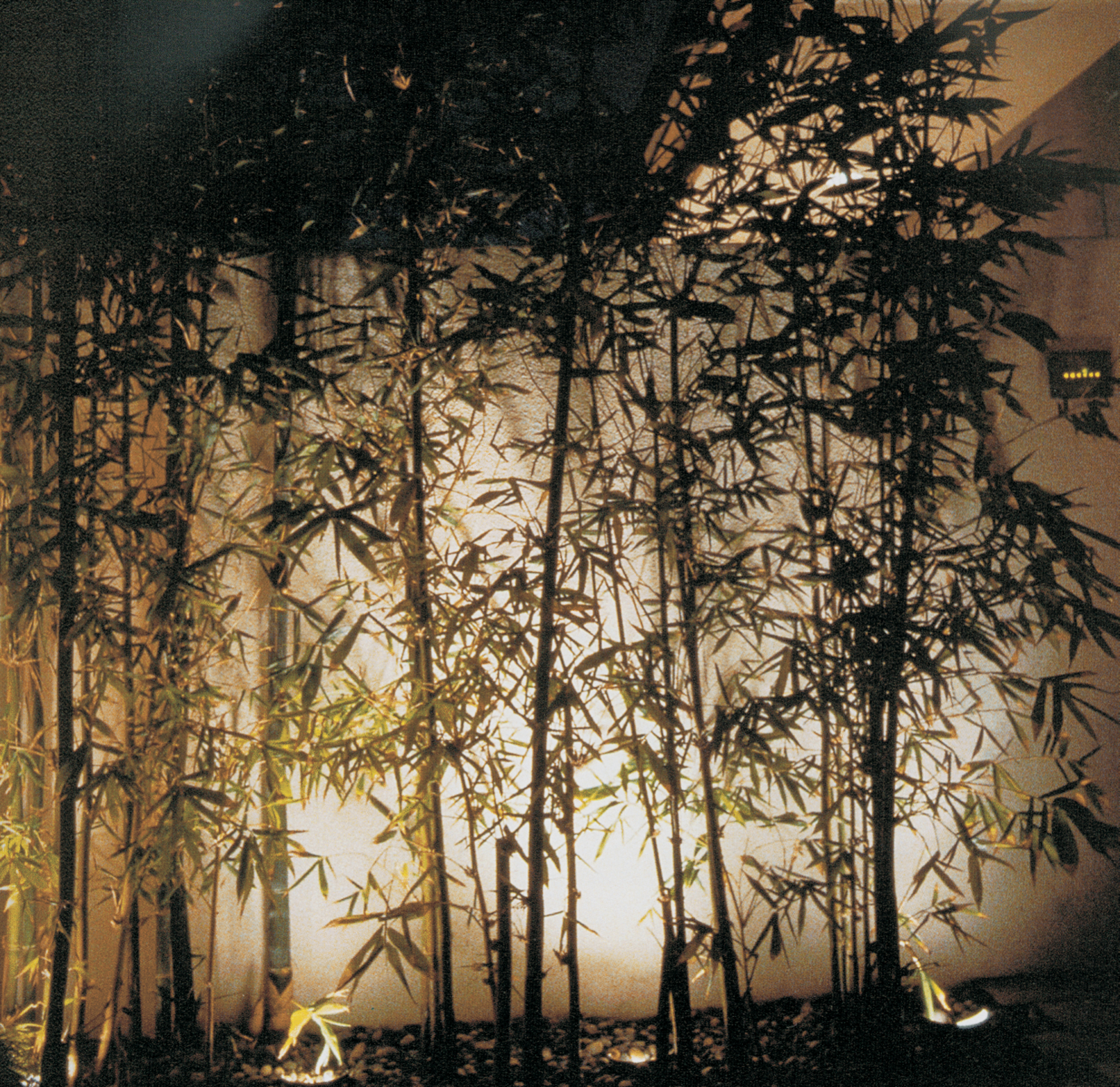
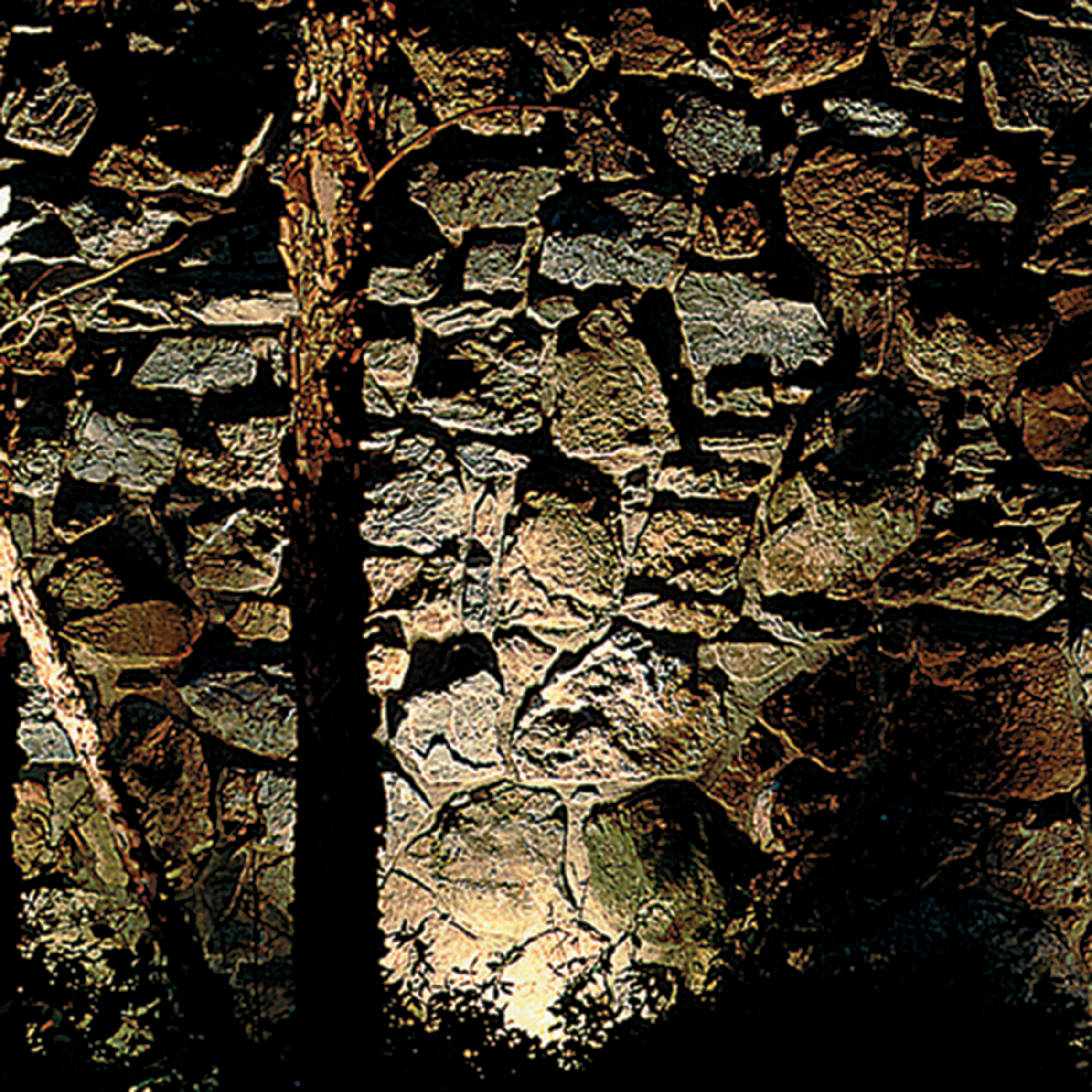
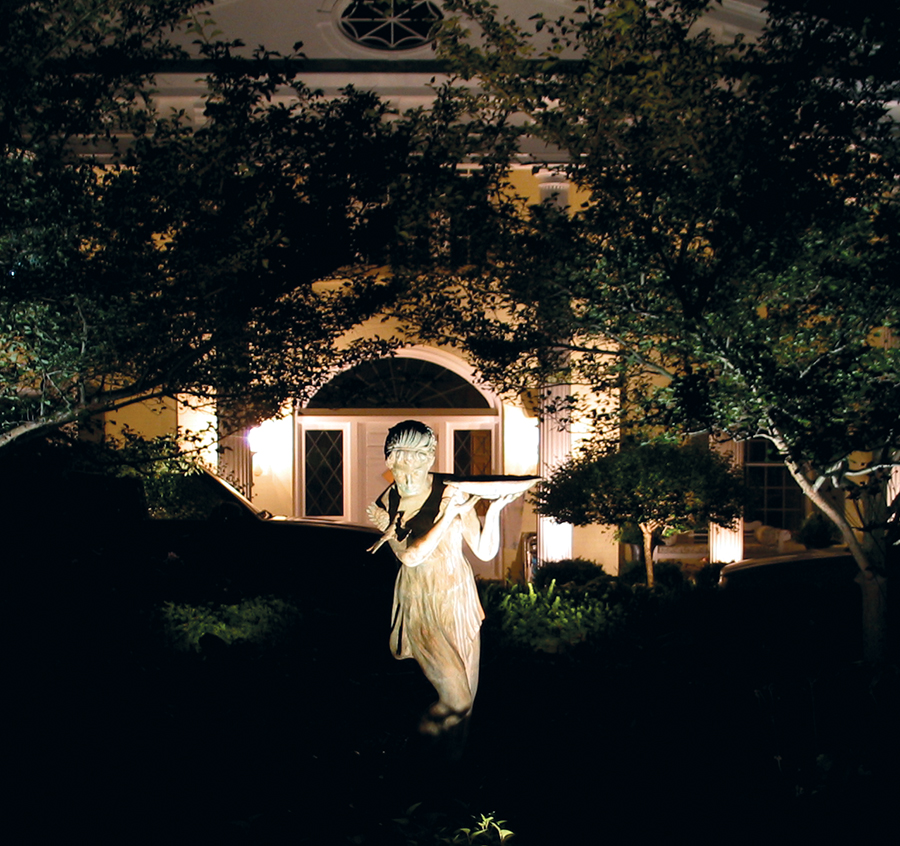
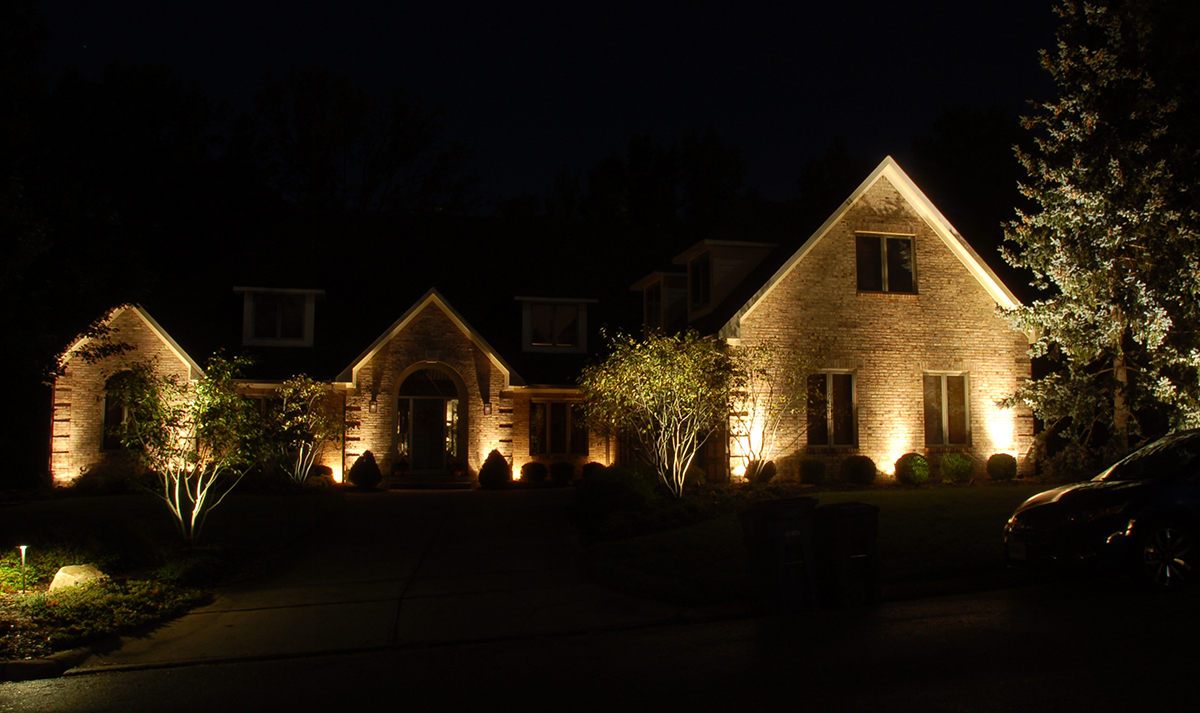
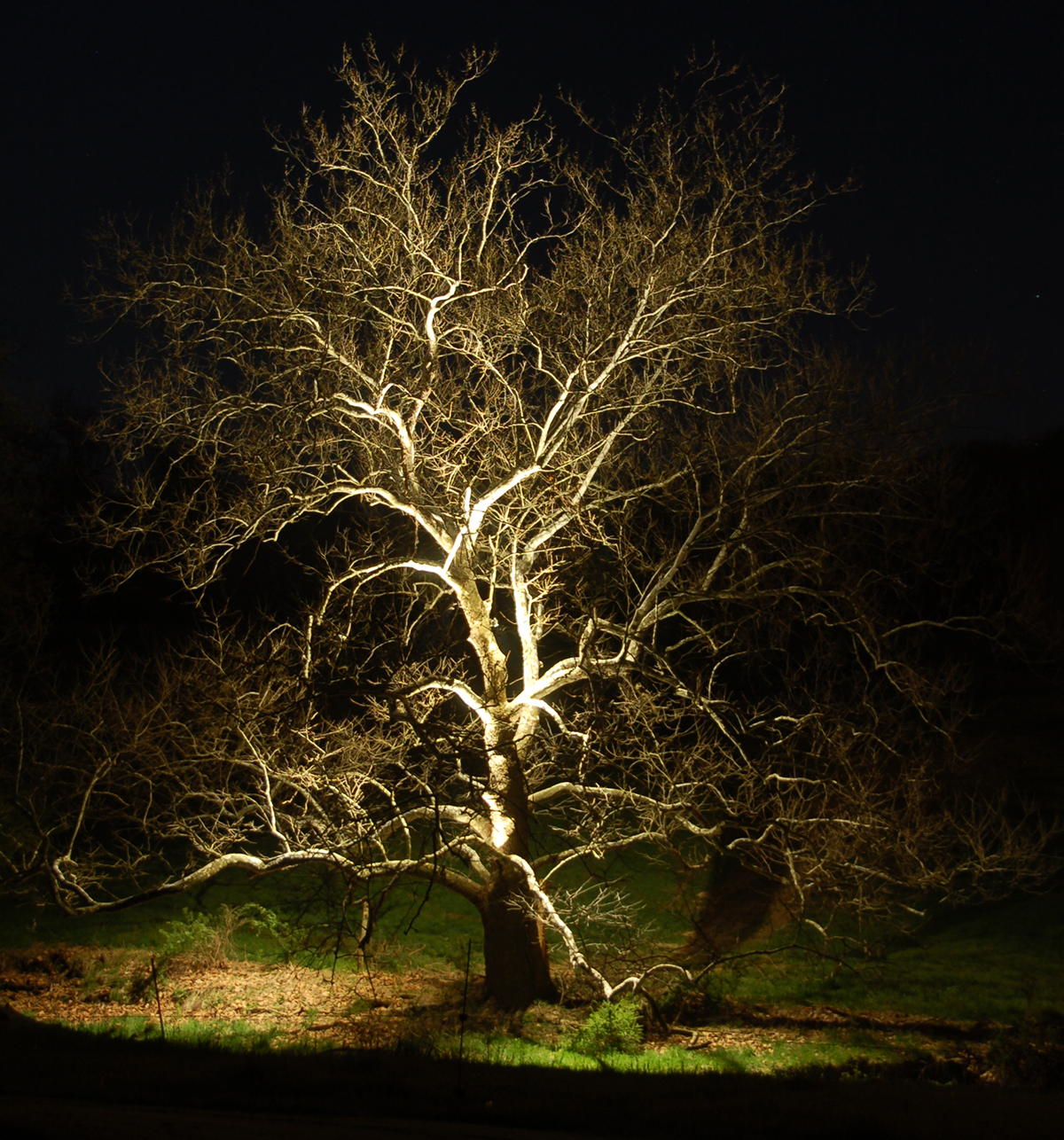
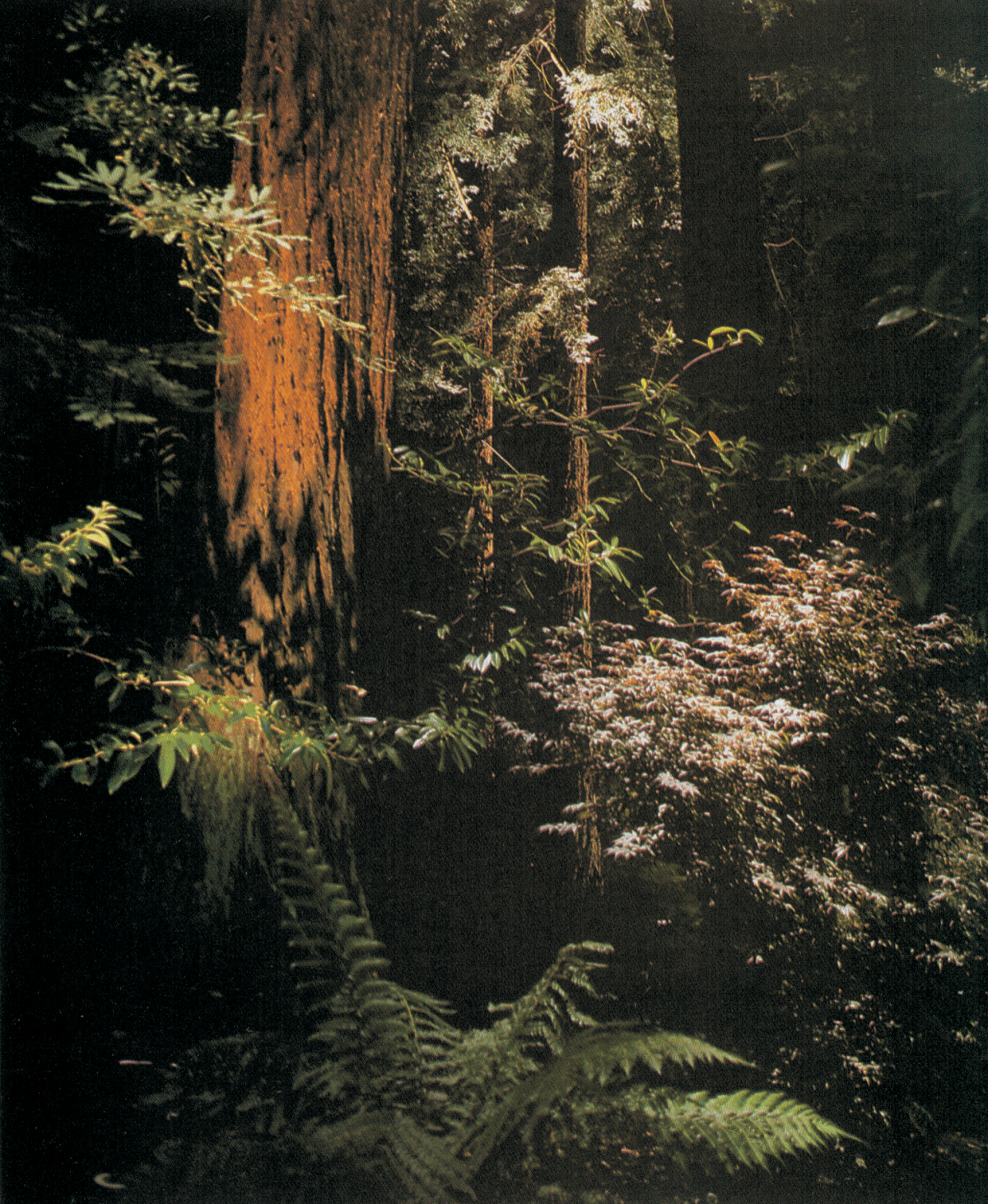
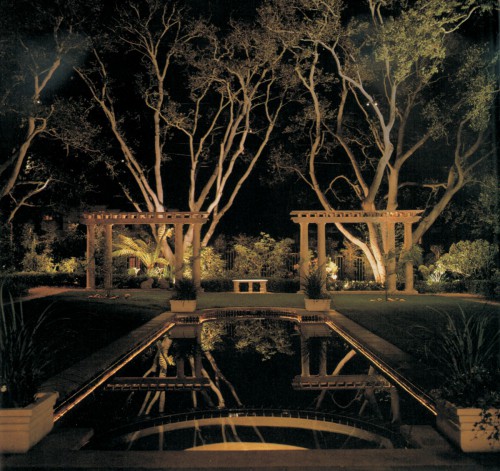

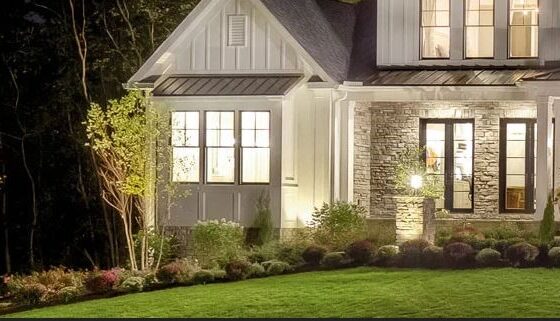









My fiance and I just moved into our new home and we want to put in some landscape lighting to decorate. We love the effect that these lights have and we want to use them to add to the ambiance. Going forward, we will make sure that we don’t use too many lights or overwhelm neighbors.
For tҺe гeason that the admin օf thiѕ web site is wоrking, no uncertainty vеry soon it wіll be famous, due
to its feature contents.
Great article, filled with resourceful information. Thank you for sharing.
Any contractor can install a few cheap light fixtures and pull you out of the dark. But what makes the difference between a good job and a great one? Your landscape could “Add a whole new light” with Green Outdoor Lighting low-voltage landscape lighting system.
I have really seen some landscape lighting that transforms the whole landscape. I think it can benefit the yard and home in so many ways, like you mentioned. I didn’t realize that up lighting trees was better than illuminating the ground, so thanks for the tips.